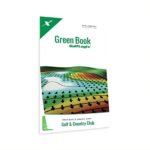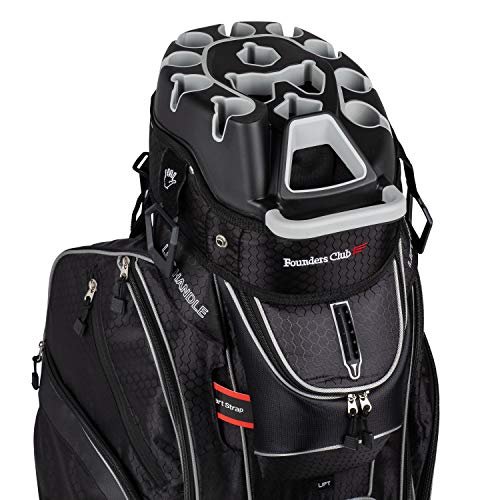Choosing the best grass for golfing is crucial. It affects play quality and course maintenance.
Golf requires specific grass types that are durable and low-maintenance. Golf courses demand grass that withstands foot traffic and weather. Bermuda grass, known for its resilience, is popular in warm climates. Bentgrass offers a smooth putting surface, ideal for cooler regions.
Zoysia grass, adaptable and hardy, works well in various climates. Each type has unique benefits, ensuring a good golfing experience. Selecting the right grass improves playability and course longevity. Understanding the differences helps in making the best choice. Selecting the right grass ensures a good golfing experience and maintains the course. Choosing wisely impacts play quality significantly.
Buying Guide On Best Grass For Golfing
best grass for golfing: a complete buying guide
choosing the right grass is crucial for a perfect golfing experience.
1. Bermuda grass
bermuda grass is popular for golf courses. It grows well in warm climates. This grass type is durable and handles heavy foot traffic. It also recovers quickly from damage. Golfers enjoy its smooth and firm surface. Maintenance is easy and requires regular mowing.
2. Bentgrass
bentgrass is ideal for cool climates. It provides a smooth putting surface. This grass type is fine-textured and dense. Golfers prefer it for its consistent roll. Regular watering keeps it healthy. It needs frequent mowing to maintain short height.
3. Zoysia grass
zoysia grass is versatile and thrives in various climates. It is known for its dense and soft texture. This grass type is resistant to drought and heat. It requires less mowing compared to others. Golfers appreciate its lush, green appearance.
4. Ryegrass
ryegrass is a cool-season grass. It establishes quickly and is used for overseeding. This grass type is fine and offers a smooth surface. Golfers find it ideal for fairways and tees. Regular watering and mowing keep it in good condition.
5. Fescue grass
fescue grass is low maintenance. It grows well in shaded areas and cool climates. This grass type is drought-resistant and requires less water. Golfers like its natural look on roughs. Minimal mowing is needed for maintenance.
6. Kikuyu grass
kikuyu grass is suitable for warm climates. It is fast-growing and dense. This grass type is tough and handles heavy use. Golfers enjoy its firm playing surface. Regular mowing keeps it neat and tidy.
7. Choosing the right grass
consider climate and soil type. Think about maintenance needs and water availability. Evaluate the type of play on the course. Each grass has unique benefits. Choose based on your specific requirements.
Conclusion
Choosing the right grass for golfing can significantly enhance your playing experience. Various types offer unique benefits. Bermuda grass is known for its durability. Bentgrass provides a smooth surface. Zoysia grass is versatile and easy to maintain. Each grass type has its strengths and weaknesses.
Consider the climate and soil conditions. These factors play a crucial role in grass performance. Keep in mind the level of maintenance required. Some grasses need more care than others. Understanding these details helps make informed decisions. The right grass can boost the course’s aesthetics.
It can also improve the quality of play. Golf courses often blend different grasses. This ensures optimal performance year-round. Explore these options for your golfing needs. A well-maintained course invites more golfers. It also improves the overall golfing experience. Remember, the choice of grass is vital.
It impacts playability and enjoyment. Choose wisely for the best golfing experience.














Leave a Reply